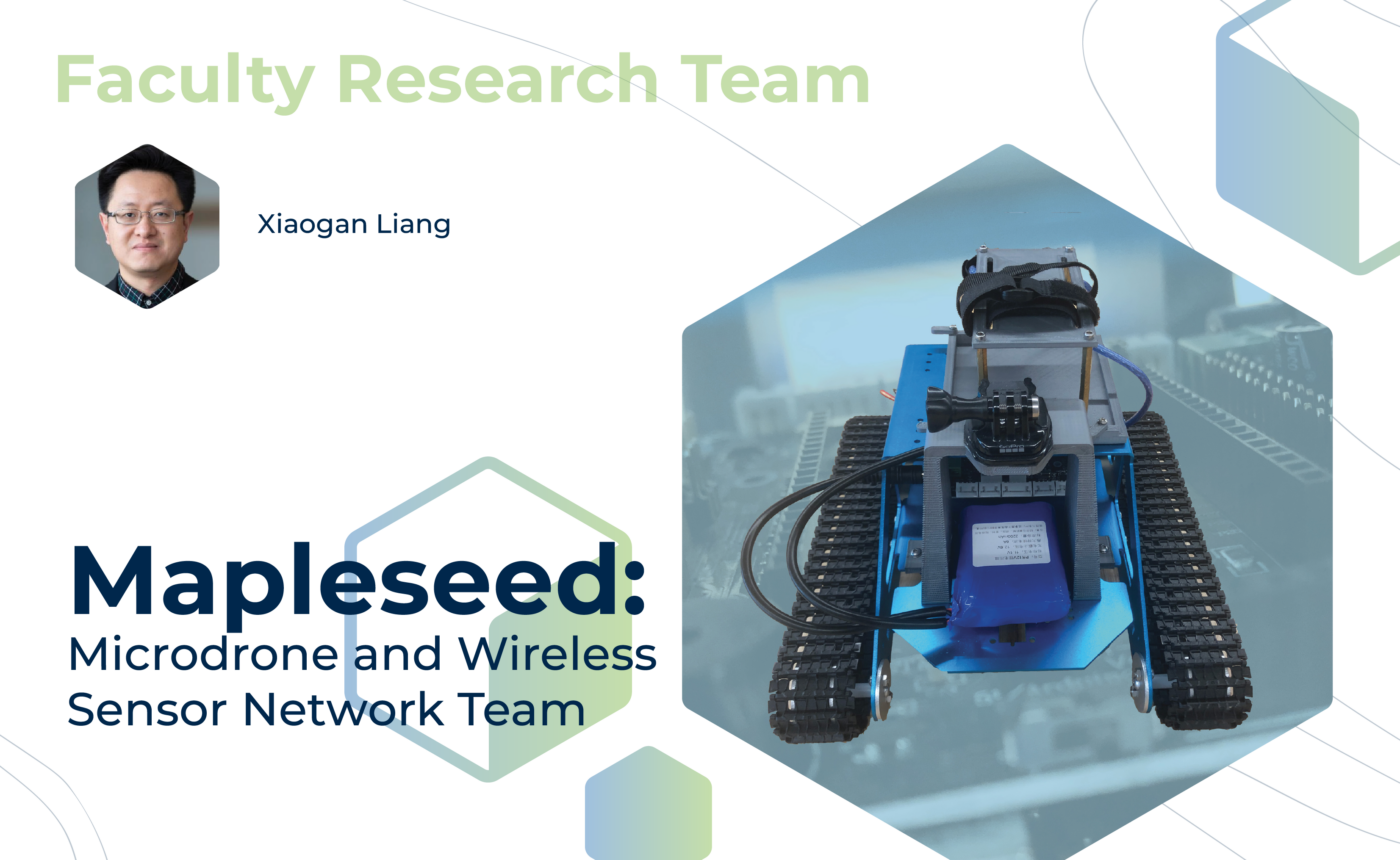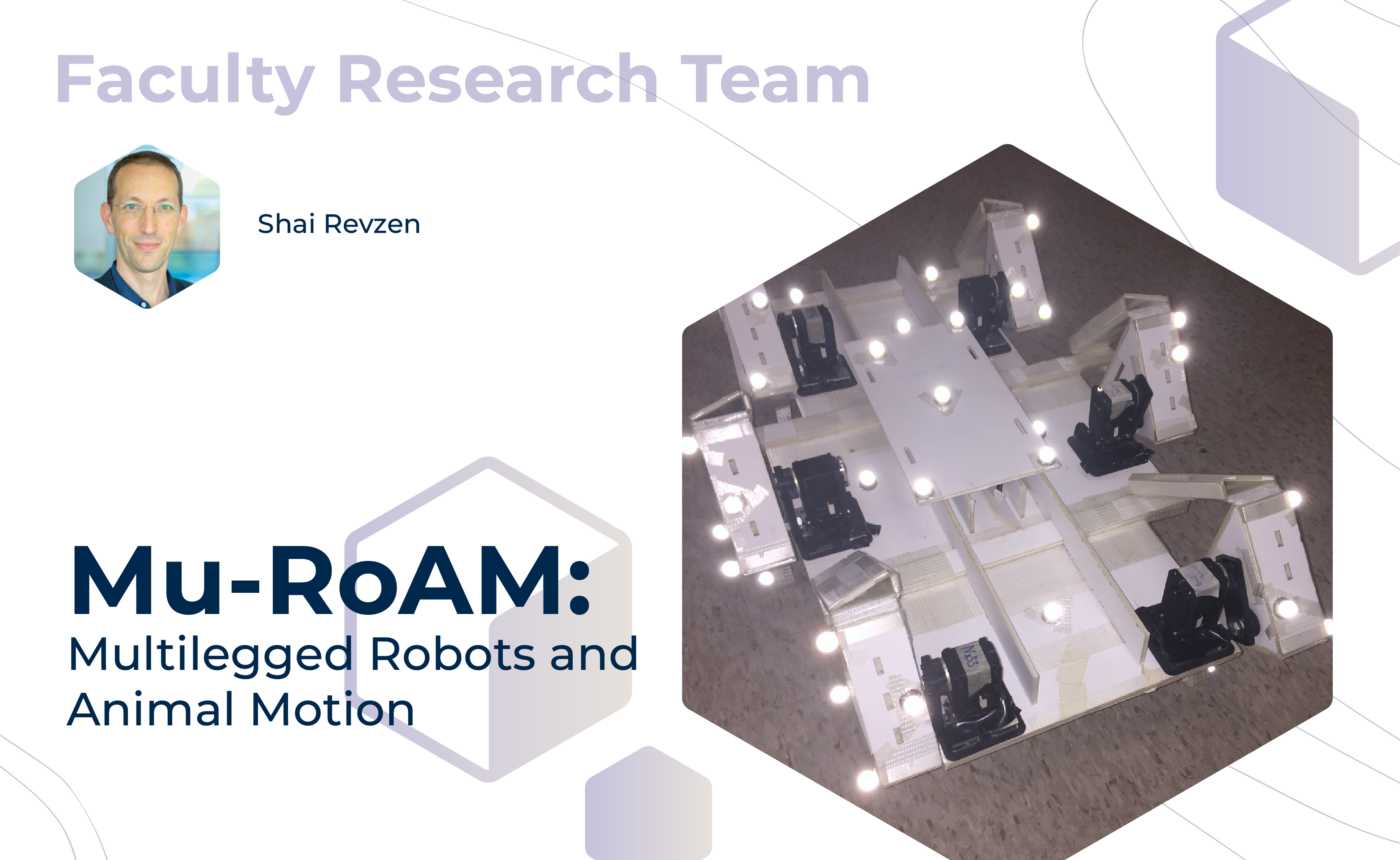– Clear
Wireless sensor networks are needed for studying Earth’s climate and for real time monitoring of the spread of viruses or pathogens. The Mapleseed team aims to develop miniaturized robotic vehicles capable of carrying various sensors and automatically measuring certain atmospheric parameters and particle/virus concentrations in targeted spaces.
This faculty research team uses core principles of animal locomotion to create advanced robot technologies by distilling their mathematical principles and using machine learning automation. Students will design and fabricate robots, write core software components, and run robot and animal experiments, all in support of this mission.
Moving patients in hospitals is a complex procedure that requires the caregiver to monitor the patient while pushing the stretcher while also managing any external equipment. Students on the Stryker Autonomous Stretcher project will design and develop a system that allows the stretcher to operate autonomously, freeing up valuable caregiver resources for other related activities.



